Our Services
- Home
- Our Services
IT Solution
What We Do?
We provide a wide range of IT and communication services to help businesses of all sizes succeed. We are dedicated to helping our clients improve their IT efficiency, security, and reliability.

Managed Security and Services
Managed Security and Services (MSS) are a comprehensive suite of security services that are provided by a third-party provider. MSS can be used to protect an organization’s IT infrastructure, applications, and data from a wide range of security threats, including cyberattacks, malware, and data breaches.
MSS providers offer a variety of services, including:
- Security monitoring and incident response: MSS providers monitor an organization’s security systems and networks for suspicious activity. If a security incident is detected, the MSS provider will investigate and respond to it quickly and effectively.
- Vulnerability management: MSS providers identify and assess vulnerabilities in an organization’s IT infrastructure and applications. They then work with the organization to remediate these vulnerabilities to reduce the risk of attack.
- Compliance: MSS providers can help organizations comply with industry-specific security standards and regulations.
- Security awareness training: MSS providers offer security awareness training to help employees identify and avoid security threats.
MSS can be a valuable asset for organizations of all sizes. It can help organizations to improve their security posture, reduce the risk of cyberattacks, and comply with security regulations.
System Integration
System integration is the process of connecting different systems and software applications to enable them to work together as a single system. It can be a complex process, but it can offer a number of benefits to organizations, including improved efficiency, reduced costs, improved decision-making, and increased agility.
System integration can be used in a wide range of industries, including retail, manufacturing, and healthcare. For example, a retailer might use system integration to integrate its CRM system with its e-commerce system and its point-of-sale (POS) system. This would allow the retailer to track customer interactions across all channels and provide a more seamless shopping experience.
When considering system integration, it is important to choose a partner with the experience and expertise to help you implement a successful project.
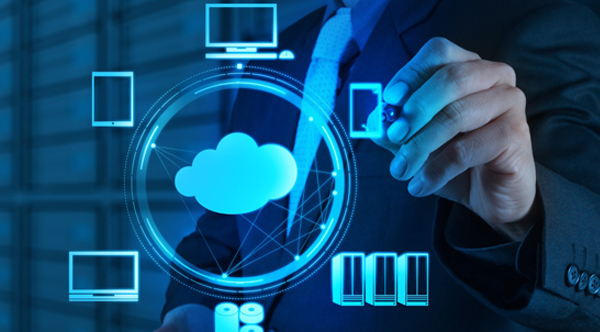
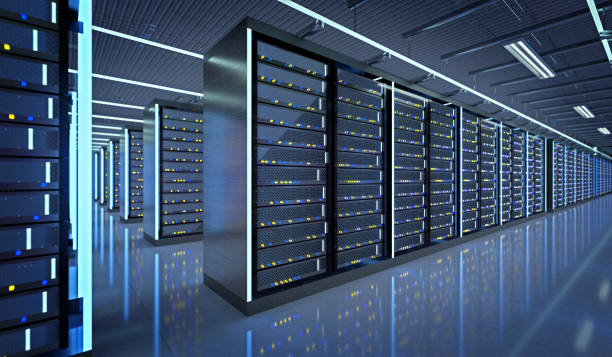
Data Center Infrastructure
Data center infrastructure is the physical and software components that make up a data center. It is essential for storing, processing, and distributing data and applications. Data center infrastructure includes a wide range of components, such as servers, storage, networking, power, cooling, and security.
A well-designed and managed data center infrastructure can offer a number of benefits, including improved performance, increased reliability, reduced costs, and improved security. It is important to invest in a well-designed and managed data center infrastructure to ensure that your data center is meeting the needs of your business.
Systems and Networking
Systems and networking are two essential components of any organization’s IT infrastructure. Systems refer to the hardware and software components that are used to store, process, and transmit data. Networking refers to the infrastructure that connects these systems together, allowing them to communicate and share resources.
Systems and networking play a vital role in the operations of most organizations, regardless of size or industry. They are used to support a wide range of business-critical applications, such as customer relationship management (CRM), enterprise resource planning (ERP), and supply chain management (SCM).
Systems and networking can be complex and challenging to manage, but they are essential for the success of any organization. By investing in a well-designed and managed systems and networking infrastructure, organizations can improve their efficiency, reduce costs, and gain a competitive advantage.
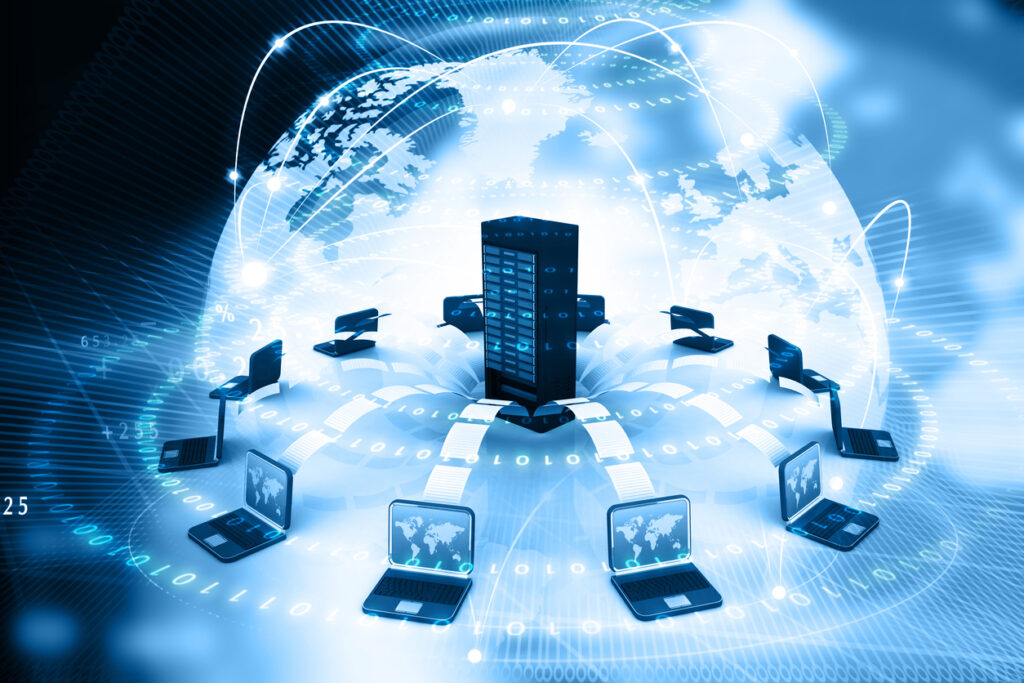

Help Desk and Call Center Services
Help desk and call center services are two types of customer support services that can be used to provide assistance to customers with a variety of issues, including technical support, product inquiries, and billing questions.
Help desk services are typically focused on providing technical support to customers. Help desk agents can assist customers with troubleshooting technical problems, installing and configuring software, and using hardware and software applications. Help desk services can be provided in a variety of ways, including over the phone, through email, and through chat.
Call center services are typically focused on providing customer support for a wider range of issues, including product inquiries, billing questions, and account management. Call center agents can provide customers with information about products and services, resolve billing disputes, and help customers with account management tasks. Call center services can also be provided in a variety of ways, including over the phone, through email, and through chat.
Both help desk and call center services can be provided in-house or outsourced to a third-party provider. Outsourcing help desk and call center services can be a good option for businesses that do not have the resources to provide these services in-house, or that need to provide support 24/7.
Data Storage and Security
Data storage and security are two of the most important aspects of any IT infrastructure. Data storage refers to the process of storing data on a variety of media, such as hard drives, solid state drives, and cloud storage. Data security refers to the measures taken to protect data from unauthorized access, use, disclosure, disruption, modification, or destruction.
Data storage and security are essential for businesses of all sizes. Businesses need to be able to store their data securely and reliably, and they need to be able to protect their data from cyberattacks and other threats.
Here are some of the best practices for data storage and security:
- Use strong encryption
- Implement access controls
- Regularly back up data
- Educate employees on data security
Implementing these best practices can help businesses to improve their data storage and security posture. By protecting their data, businesses can reduce the risk of data breaches and other cyberattacks.
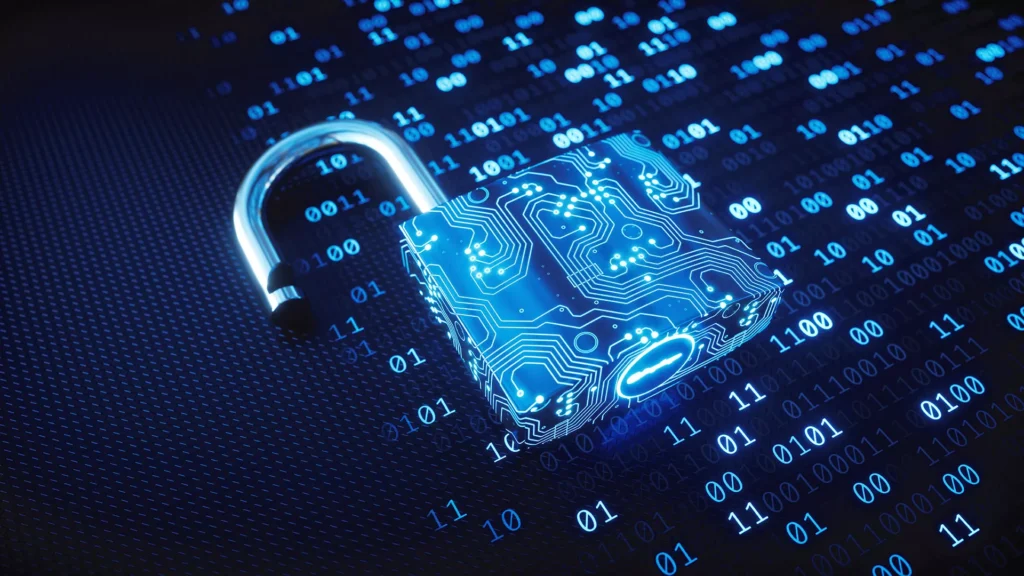

Software Solution
Software solutions are computer programs or applications that are designed to solve specific business or personal problems. Software solutions can be used to automate tasks, improve efficiency, and reduce costs.
There are a wide variety of software solutions available, ranging from simple productivity applications to complex enterprise systems. Software solutions can be used in a variety of industries, including healthcare, finance, manufacturing, and retail.
Here are some examples of software solutions:
- Customer relationship management (CRM) software helps businesses to manage their customer interactions and relationships.
- Enterprise resource planning (ERP) software helps businesses to manage their core business processes, such as accounting, manufacturing, and sales.
- Supply chain management (SCM) software helps businesses to manage their supply chains, including the flow of goods and materials from suppliers to customers.
- Content management systems (CMS) help businesses to create and manage their websites and other digital content.
- E-commerce software helps businesses to sell products and services online.
- Accounting software helps businesses to track their financial transactions and generate financial reports.
- Human resource management (HRM) software helps businesses to manage their employees, including payroll, benefits, and performance reviews.
Site and Power
Site and power are two of the most important factors to consider when designing and building a data center. The site should be located in a safe and secure area, and it should be protected from natural disasters. The data center should also have access to reliable power and cooling water.
Power is essential for data center operations, so it is important to have a reliable and redundant power supply. Data centers typically have two or more power sources, such as utility power and backup generators.
Here are some of the key considerations for site and power for data centers:
Site selection: Proximity to reliable power sources, access to cooling water, high-speed internet connectivity, safe and secure location, protection from natural disasters
Power: Reliable and redundant power supply, sufficient power capacity, efficient power distribution system
By carefully considering site and power, businesses can ensure that their data centers are built to operate reliably and efficiently.
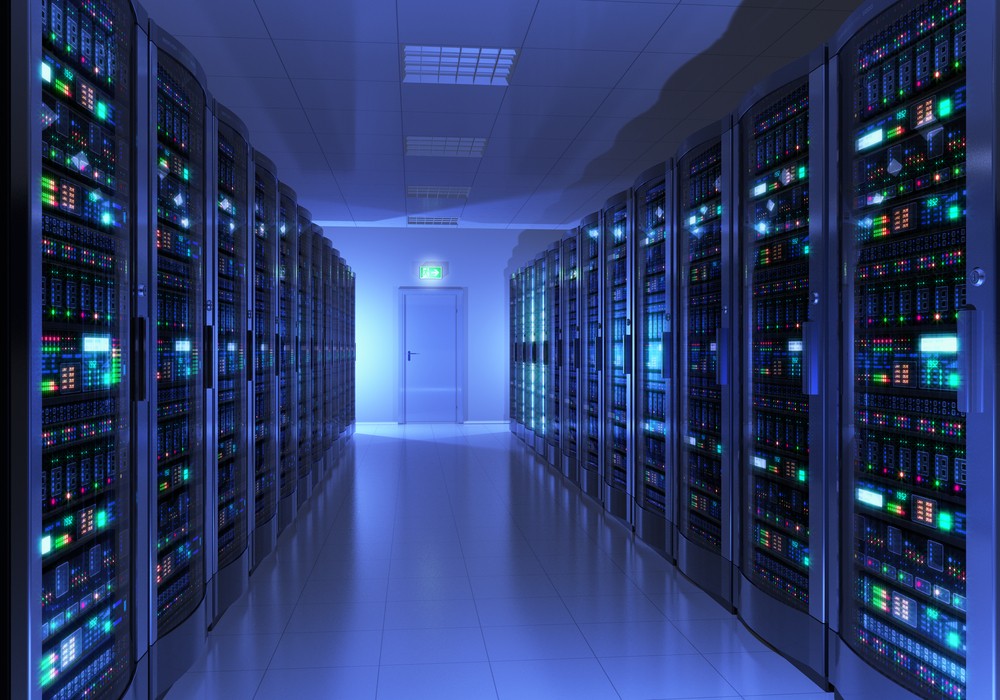
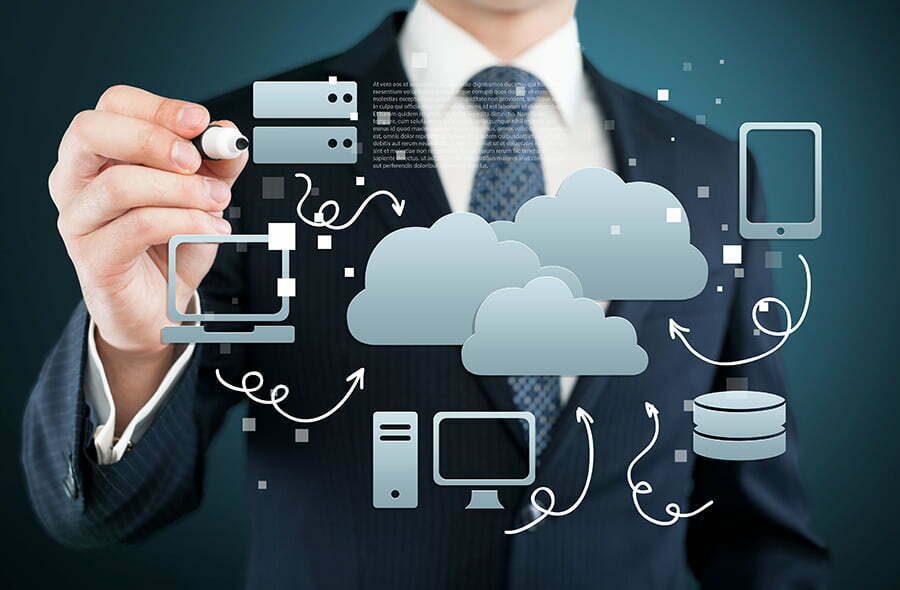
Cloud and Hosting Solutions
Cloud and hosting solutions are two ways to store and access data and applications over the internet. Cloud computing is a broad term that encompasses a wide range of services, including infrastructure as a service (IaaS), platform as a service (PaaS), and software as a service (SaaS). Hosting is a more specific term that refers to the service of providing space on a server for a website or other online presence.
Cloud computing offers a number of advantages over traditional hosting solutions, including:
Scalability: Cloud computing is highly scalable, meaning that businesses can easily add or remove resources as needed. This can be helpful for businesses that experience seasonal fluctuations in demand.
Flexibility: Cloud computing is also very flexible, meaning that businesses can choose the services that they need and pay only for the resources that they use.
Reliability: Cloud computing providers typically have a high level of reliability, with multiple data centers and redundant systems to ensure that data and applications are always available.
Cost-effectiveness: Cloud computing can be a cost-effective solution for businesses of all sizes. Businesses can avoid the upfront costs of purchasing and maintaining their own hardware and software.
Low Voltage and Audio-Visual Solutions
Low voltage and audio-visual solutions are essential for modern businesses of all sizes. Low voltage systems provide the power and connectivity needed for phones, computers, security systems, and other critical devices. Audio-visual solutions enable businesses to communicate and collaborate more effectively, both internally and externally.
Low voltage and audio-visual solutions can offer a number of benefits to businesses, including improved communication, increased productivity, enhanced security, and reduced costs. For example, video conferencing systems can help businesses to save time and money by reducing the need for travel. Digital signage can be used to communicate important information to customers and employees in a clear and engaging way. Security systems can help businesses to protect their people and property from theft, vandalism, and other threats. Energy management systems can help businesses to reduce energy consumption and costs.
There are a wide range of low voltage and audio-visual solutions available, so it is important to choose the right solutions for your specific needs. You should also make sure to work with a qualified installer to ensure that the solutions are installed and configured correctly.
By investing in low voltage and audio-visual solutions, businesses can improve their efficiency, security, and bottom line.
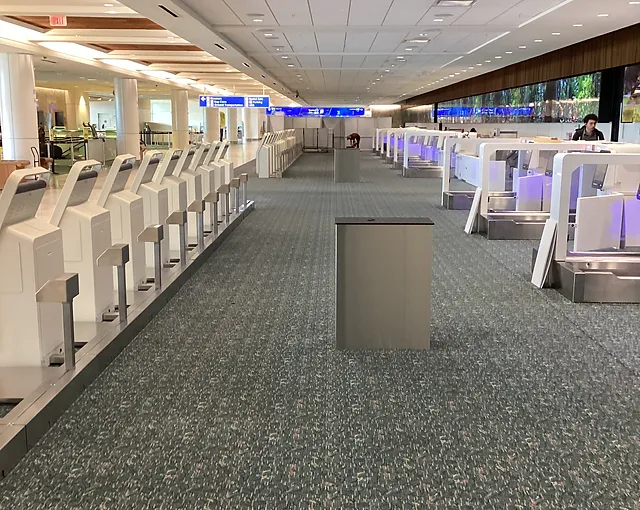

Maintenance, Operations and Outsourcing
Maintenance, operations, and outsourcing are three interrelated terms that describe the activities involved in keeping a business running smoothly.
- Maintenance is the process of keeping assets and equipment in good working condition. This includes preventive maintenance, such as regular inspections and tune-ups, as well as corrective maintenance, such as repairing or replacing damaged equipment.
- Operations is the process of carrying out the day-to-day activities of a business. This includes activities such as production, sales, customer service, and accounting.
- Outsourcing is the practice of contracting out certain business functions to a third-party provider. This can be done to save money, improve efficiency, or gain access to expertise that is not available in-house.
Power Generators: Sales, Rentals and I.P.P
Power generators are machines that convert mechanical energy into electrical energy. They are used in a variety of applications, including:
Backup power: Power generators are used to provide backup power in the event of a power outage. This is especially important for businesses and organizations that rely on electricity for critical operations.
Primary power: Power generators can also be used as a primary source of power in areas where there is no access to the grid. This is common in remote areas and developing countries.
Peak shaving: Power generators can also be used to reduce peak demand for electricity. This can help to lower electricity costs and reduce the risk of brownouts and blackouts.
Power generators can be purchased or rented. Rental generators are a good option for businesses and organizations that need power for a short period of time, such as during a power outage or a construction project. Purchased generators are a good option for businesses and organizations that need power for a longer period of time, or that need a more reliable and powerful source of power.
Another option is to purchase power from an independent power producer (IPP). IPPs are companies that generate and sell electricity. IPPs can be a good option for businesses and organizations that need a reliable and affordable source of power, but do not want to invest in and operate their own generators.

